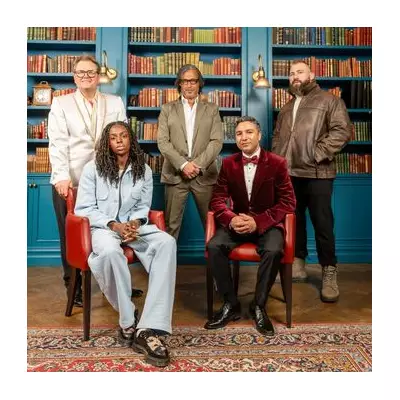
Across the United States, a quiet revolution is taking place in the hallowed halls of schools and public libraries, where an unprecedented wave of book banning is reshaping what Americans can read and learn.
The New Censorship Epidemic
Educational institutions from Texas to Pennsylvania are witnessing a systematic removal of titles from shelves, with particular focus on works addressing racial justice, LGBTQ+ experiences, and critical historical perspectives. This movement, significantly accelerated during the Trump administration, continues to gain momentum despite changing political leadership.
What's Being Removed and Why
The targeted books predominantly include:
- Works exploring racial inequality and America's complex history with racism
- LGBTQ+ narratives and stories about gender identity
- Critical race theory-related materials despite frequent misidentification
- Sex education and health information deemed inappropriate for young readers
The Political Backdrop
This censorship surge didn't emerge from nowhere. The Trump era cultivated an environment where challenging educational materials became a political rallying cry. Parent groups, often supported by conservative organisations, have filed thousands of formal complaints requesting book removals.
Impact on Education and Free Speech
Librarians and educators find themselves in an increasingly difficult position, caught between their professional commitment to diverse collections and mounting political pressure. Many report feeling intimidated and concerned about retaliation if they resist removal requests.
"What we're witnessing is a coordinated effort to limit access to ideas and perspectives that some find uncomfortable," explains one veteran librarian who wished to remain anonymous for fear of professional consequences.
Looking Forward
As the battle over educational content continues to rage, the fundamental question remains: Who gets to decide what stories Americans, particularly young people, have access to? The outcome of this struggle will likely shape the nation's intellectual landscape for generations to come.





